Date Issued
Report Number
2025-400-002
Report Type
Audit
Joint Report
No
Agency Wide
Yes (agency-wide)
Questioned Costs
$0
Funds for Better Use
$23,157,344
Recommendations
The Chief, Taxpayer Services, and Chief, Tax Compliance Officer, should update internal guidance and develop more robust training to ensure that employees perform adequate research of tax accounts to identify outstanding tax debt prior to initiating manual refunds or credit elects.
The Chief, Taxpayer Services, and Chief, Tax Compliance Officer, should request the necessary programming changes to ensure that the duplicate return freeze and the telephone excise tax freeze code function appropriately. In addition, request programming changes to ensure that overpayments from undelivered refunds and interest offset appropriately.
The Chief, Taxpayer Services, and Chief, Tax Compliance Officer, should identify the functional areas allowing refunds or credit elects for taxpayers with existing tax debt, and issue alerts/reminders to them, advising that refunds or credit elects should not be allowed until any associated tax debt is satisfied.
The Chief, Taxpayer Services, and Chief, Tax Compliance Officer, should verify that the programming changes associated with overpayments offsetting to tax debt on Form 720, the offset overflow freeze, and to payments associated with the Notice of Federal Tax Lien or Levy, are operating correctly.
The Chief, Taxpayer Services, and Chief, Tax Compliance Officer, should analyze the 8,452 individual and 31,967 business cases that we identified and determine whether additional programming or procedural errors exist in the process of offsetting refunds and credit elects. Take appropriate corrective action to prevent erroneous refunds and credit elects in the future.

